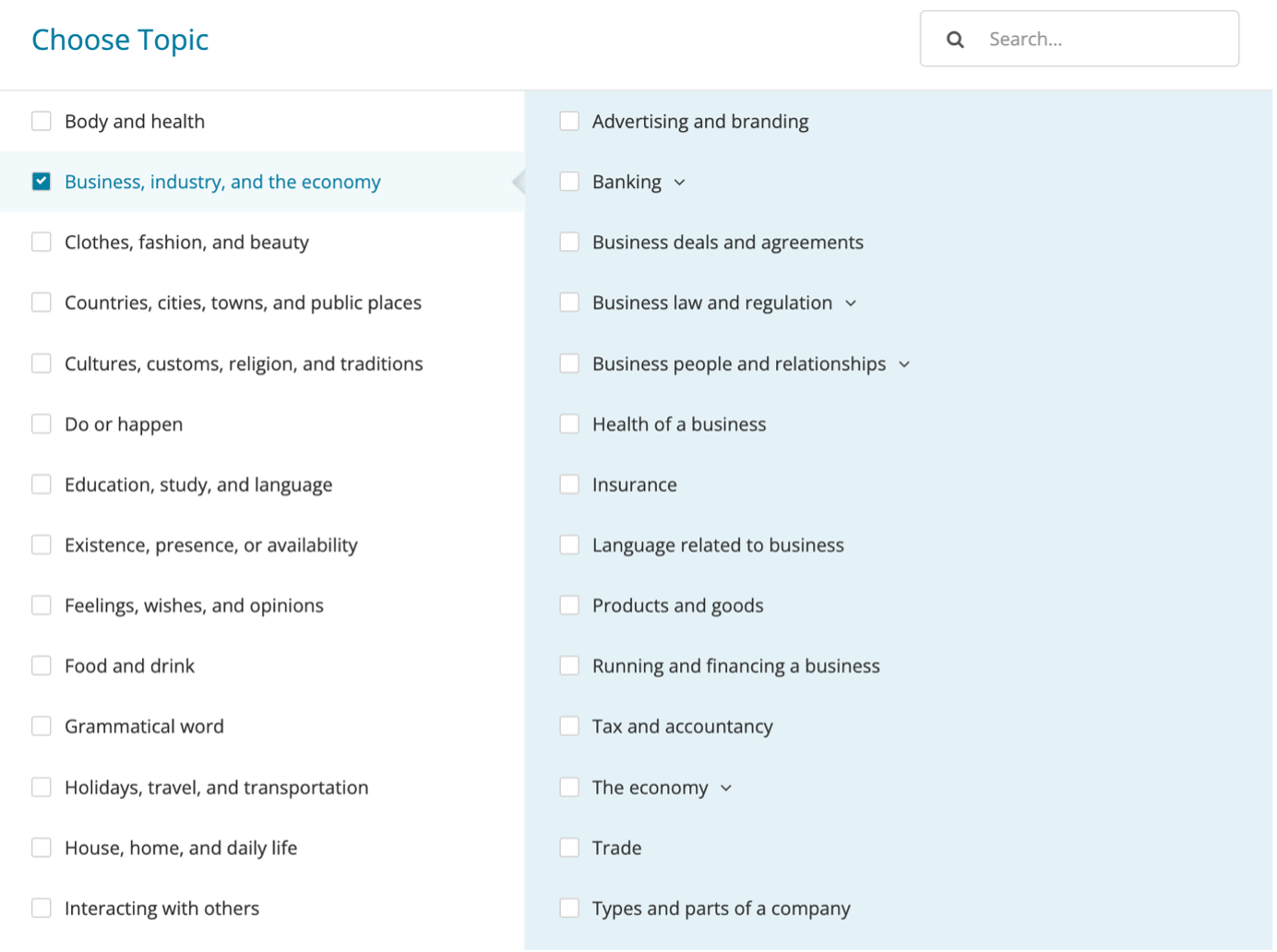Being an English language teacher means you’re also probably (definitely) a materials writer. You likely tailor or create language materials for your students that are suited to their needs and interests, either as supplements to your course materials or for communicative lessons. Alternatively, you might be a teacher who creates paid, published materials available for students worldwide to enjoy.
With this in mind, think of the materials you’ve developed and ask yourself the following:
- How do you level your grammar or vocabulary for the content you write?
- How do you find topic-related vocabulary to extend your students’ knowledge of language?
- How do you contextualize new grammar or vocabulary?
You can use many different resources, from online dictionaries to course workbooks to a Google search. Still, the Global Scale of English is a reference that provides everything you need to write great learning materials, all in one place. It can help save you valuable time as a teacher and materials writer.
For me, the GSE was a game changer as an English teacher, and it continues to be as I write materials. The GSE is not just a tool; it’s a companion in the complex journey of material development, offering clarity and direction at every step. It can guide you in creating effective, engaging learning resources.
How to use the GSE toolkit to create your own materials
1. Establishing clear Learning Objectives
The GSE helps you start with a clear roadmap. It provides detailed descriptors for language proficiency at every level, ensuring your materials align with specific learning objectives. For instance, if you’re creating a beginner-level reading comprehension activity, the GSE descriptors will guide you on the appropriate complexity of vocabulary and sentence structures.
Take a look at the Learning Objectives tab in the GSE Toolkit to learn more.
2. Designing level-appropriate content
Once objectives are set, the GSE assists in tailoring the content difficulty to the targeted proficiency level. Its numerical scale, ranging from 10 to 90, allows you to pinpoint the exact level of language skills required and design your materials accordingly. This precision ensures that learners are neither overwhelmed nor under-challenged.
You can set the level you are looking for by sliding the bar along the scale, so it corresponds to the appropriate CEFR level or GSE range.






